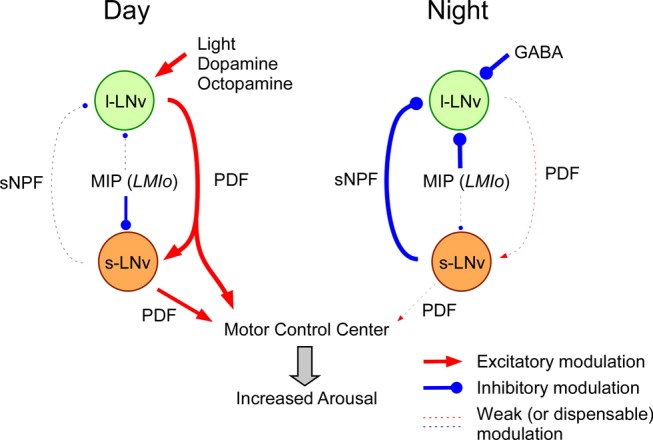Figure 9. A model depicting an operating principle of three major metabotropic pathways that regulate sleep.

During the day, light and modulatory inputs from other brain areas activate l-LNvs to secrete PDF, a major arousal-promoting factor. PDF from l-LNvs in turn activates the motor control center directly or indirectly through s-LNvs, and keeps flies awake. During the day, the sleep pressure gradually builds up and stimulates MIP-LMIo neurons to secrete MIP, which attenuates PDF release by modulating s-LNvs and allows the daytime sleep to ensue. Released MIP is expected to act on l-LNvs as well, but its effects are probably cancelled by direct excitatory inputs from light, octopamine, and dopamine. At the beginning of the night, waning excitatory inputs and elevating GABAergic input to l-LNvs (mainly through ionotropic GABAA receptor) drive flies fall asleep (not shown in the model). Thereafter, three metabotropic pathways (sNPF, MIP, and GABA) stabilize and maintain sleep state during the night by supplying inhibitory modulations to l-LNvs, and keeping them from releasing PDF. MIP-LMIos function as a sleep-pressure sensor and adjust their secretory activities accordingly. As the night approaches the end, sleep pressure declines and metabotropic GABA input is needed.
